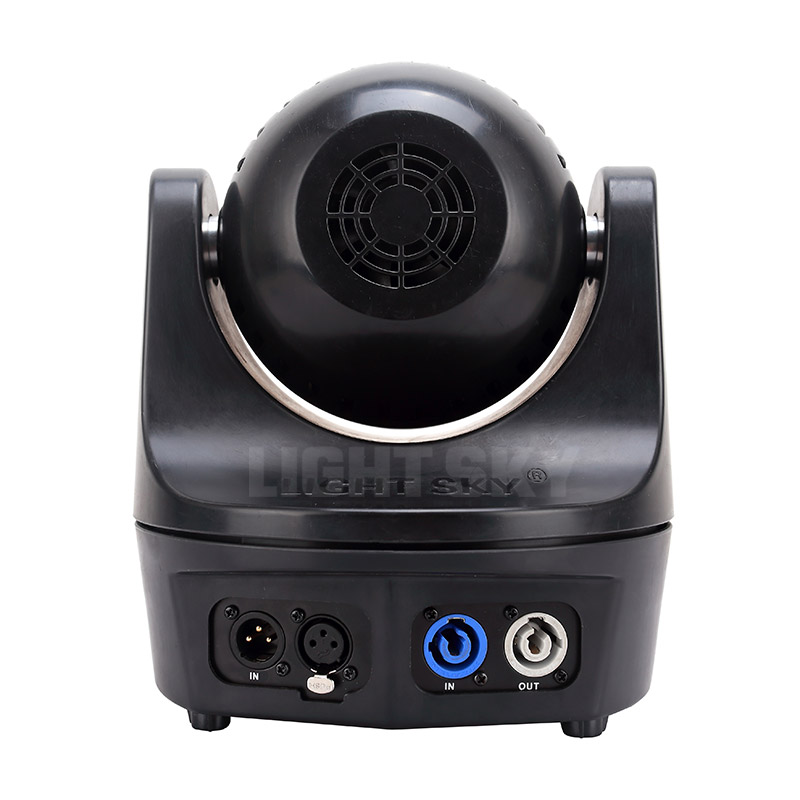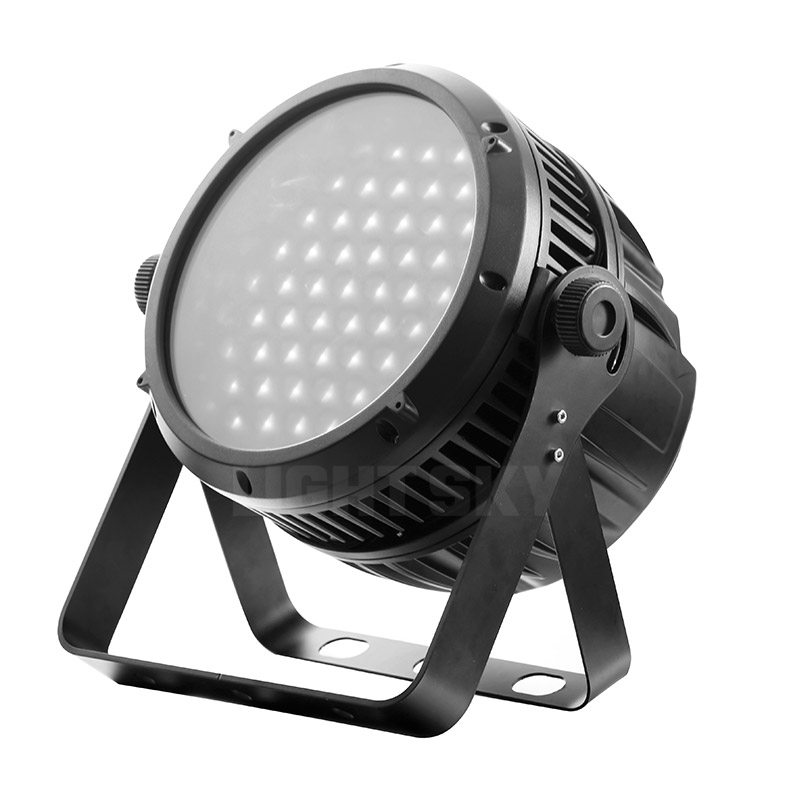Imagine attending a live concert or a grand wedding where the lighting seems almost magical—fascinating beams slicing through the air and reflecting off vibrant surfaces. It’s the LED moving head light that brings such scenes to life, a pivotal component in modern events. Conventional lighting often falls short, lacking the dynamic capabilities and energy efficiency of LED technology. In this article, we delve into the revolutionary principles behind LED moving head lights, exploring why they are becoming the standard in venues far and wide.

Traditional Solutions: Flawed and Inflexible
For years, traditional stage lighting solutions predominantly relied on incandescent bulbs. These fixtures are not just energy guzzlers—they lack versatility, yielding fixed beams that can’t adapt quickly to the whims of performances. Remember the fate of an event that hinged on last-minute light changes? The reliance on outdated bulbs led to failures and design limitations, frustrating both technicians and audiences alike.
New Technology Principles: The Shift to LED
With the rise of LED technology, lighting designers have an arsenal of tools at their disposal. LED moving head lights are designed with sophisticated optical mechanisms, enabling them to produce myriad effects and colours while drawing remarkably less power. The key is—never ignore the importance of thermal management and pixel mapping during setup. This flexibility doesn’t only enhance the show but also reduces venue energy costs significantly.
Quantified User Benefits: Performance and Efficiency
So, why choose LED moving head lights? The benefits are evident: longer lifespans, improved colour mixing, and lower electricity consumption—up to 80% less than traditional lighting. For event planners, this means cost savings, fewer technical hiccups, and a more vibrant atmosphere. The statistics speak volumes: venues report increased audience satisfaction levels alongside reduced operational costs after switching to LED systems.
Conclusion: Your Guide to Lighting Decisions
When selecting lighting solutions, always verify these three metrics: ① Energy efficiency—how much power does it consume? ② Versatility—can it adapt to different events? ③ Longevity—what is the expected lifespan? By keeping these factors in check, you can ensure that your experience with LED moving head lights is not just illuminating, but also enriching.
Stage Light Factory: The Hub of Creative Lighting Solutions
Exploring the concept of a stage light factory reveals an exciting landscape where creativity meets technology. These factories employ cutting-edge techniques to manufacture lighting fixtures that inspire artists and technicians alike. The focus lies not only on functionality but also in creating immersive experiences. Today’s factories emphasize developing products that combine aesthetics with performance, ensuring that every lighting solution not only serves its purpose but also elevates productions to new heights.

Outdoor Sky Beam Light: Changing the Game in Open-Air Events
When we think about breathtaking open-air events, the role of an outdoor sky beam light cannot be overstated. These powerful fixtures transform the night sky into a spectacular visual canvas, capturing the full attention of audiences. With advanced optics and robust construction, outdoor sky beam lights are engineered to withstand the elements while delivering vibrant, high-visibility beams. This leads to a more engaging environment for outdoor festivals and large gatherings, ultimately redefining how we experience nightlife and outdoor celebrations.
In summary, LED moving head lights lead the way in performance and efficiency, while stage light factories provide the necessary innovation and creativity for today’s demanding entertainment landscapes. With options like the outdoor sky beam light further enhancing the overall impact of events, it’s evident that manufacturers like Light Sky are paving the way for a brighter future in lighting technology. Their commitment to quality ensures that venues can enjoy state-of-the-art solutions with a focus on versatility, durability, and energy efficiency.
